Forward Focus: Growing Parks Through Reimagination
We all experience growing pains. For Carmel Clay Parks & Recreation (CCPR) it’s continually providing exceptional experiences for an ever-growing community. The population of the City of Carmel and Clay Township has grown nearly 40 percent since 2007 and nearly 275 percent since CCPR was founded in 1991.
Carmel Clay Parks & Recreation was formed through an agreement between the City of Carmel and Clay Township. Now, more than 25 years later the organization oversees and maintains more than 530 acres of land, home to parks, playgrounds, trails and facilities. CCPR is in the business of making memories, creating experiences and enriching lives.
CCPR shepherds its growth opportunities with a forward focus and a belief that the best parks system is one in which everyone is invested in. Whether that’s community members volunteering at the parks, the park board planning for the future, or the City of Carmel and Clay Township coming together to recognize opportunity for growth and need for reimagination. Over the years, both the City of Carmel and Clay Township have played a large part in the evolution of CCPR.
In spring 2019, Clay Township launched its Impact Program to greatly improve the community with a focus on parks and public safety. The impact on the parks system includes a $20 million investment in enhancing and reimagining CCPR’s existing parks, playgrounds, greenways and facilities.
“Working with Carmel Clay Parks & Recreation on this project has been a very exciting process,” says Doug Callahan, Clay Township Trustee. “We know that the funds we’re putting back into the parks through our Impact Program will positively impact the community for years to come.”
Over the course of the next few years, six parks will be impacted through the Clay Township Impact Program investment. Updates include added restroom facilities — which will allow for more programming out at the parks — as well as improved access to the White River, erosion control, playground and splash pad updates and more. Investing in these parks now means memories for years to come.
“We’re approaching a window of time when we need to make reinvestments in our parks,” says Michael Klitzing, director for CCPR. “Through open communication with our elected and city officials, and keeping everyone involved with planning, we’re able to share our vision and how to best use resources to invest in the parks, and ensure they stay at the level our community expects and deserves.”
We’re reimagining our parks. Explore the upgrades coming soon!
|
|
|
|
|
|
|
|
The Nuts + Bolts
In order to grow a parks system, you need practical plans. Here are two of the main components that drive CCPR’s decisions and keep the focus on the future.
Master Plan — looking forward to 2020-2024:
CCPR’s first priority is determining how to best serve an ever-changing and growing community. Every five years the department develops a new parks and recreation master plan, which is a comprehensive look at the future of CCPR over the course of the next five years.
Each master plan incorporates input from elected officials, community leaders, stakeholders, community organizations, the public and more. Each group contributes feedback, which allows CCPR to create a snapshot in time of the wants and needs of the community.
The purpose of the master plan is to understand the community’s vision and goals for its parks system and outline how to implement those objectives.
Life-Cycle Asset Management Plan:
A Life-Cycle Asset Management Plan is an assessment of the department’s parks, facilities and amenities.
Outside experts, like engineers and architects, visited each park and facility and provided feedback on areas of focus. The final plan includes information about when features were built, remaining life-expectancy as well as trends and safety standards. Based on those factors and expert feedback an assessment was made for how long features and land can sustain in a high-quality manner before CCPR needs to reinvest by updating or upgrading.

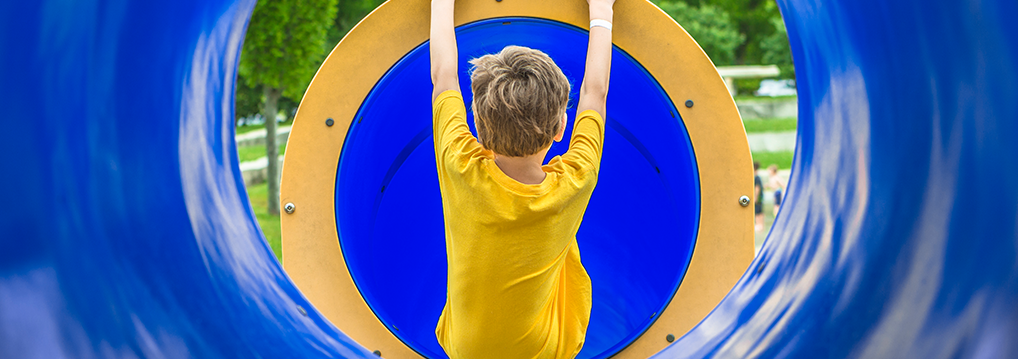
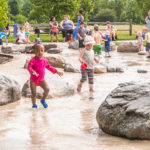
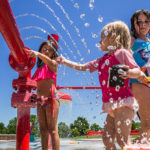
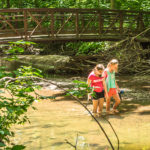
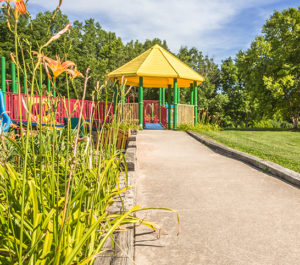
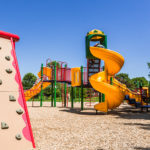 Meadowlark Park
Meadowlark Park